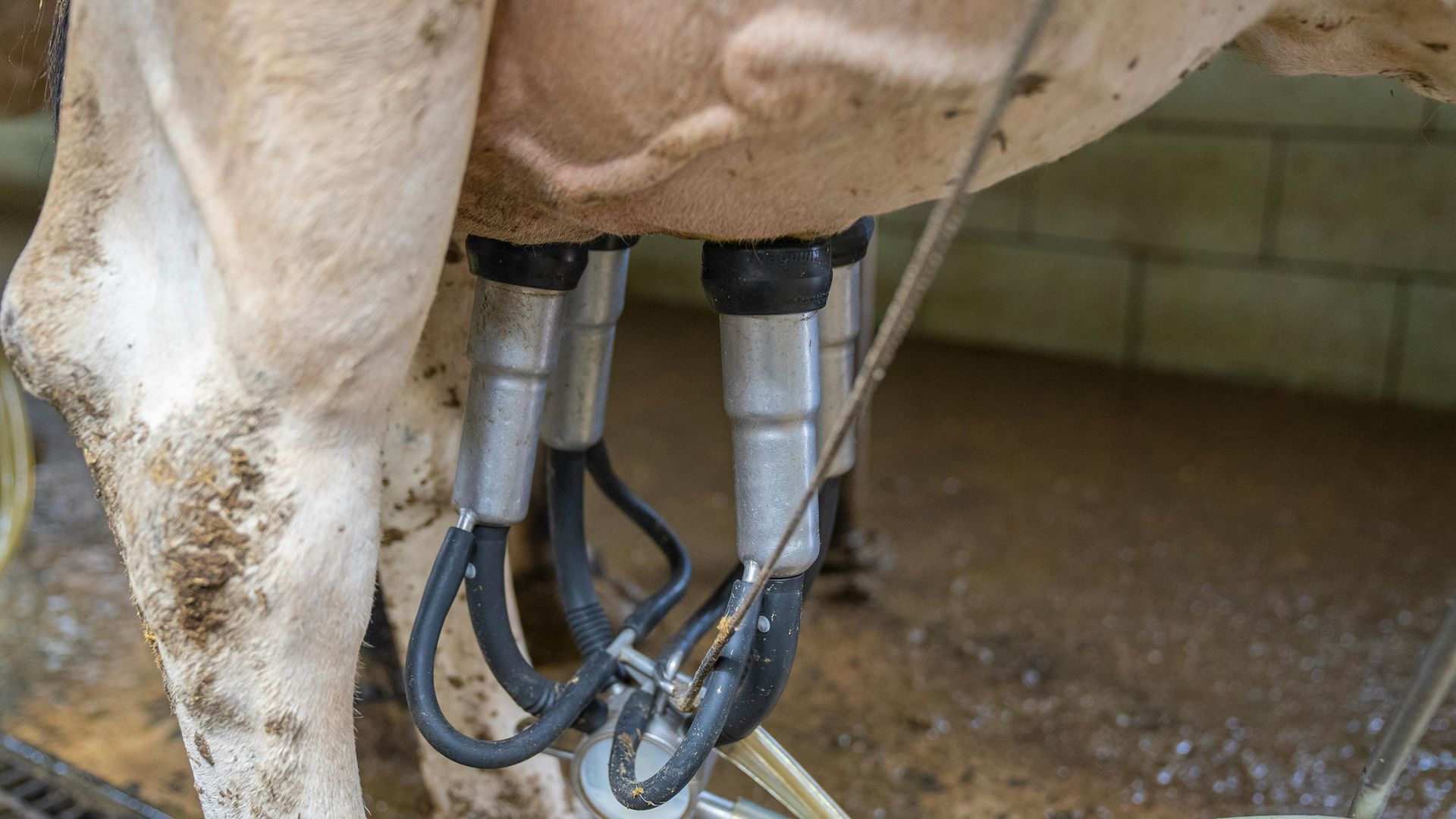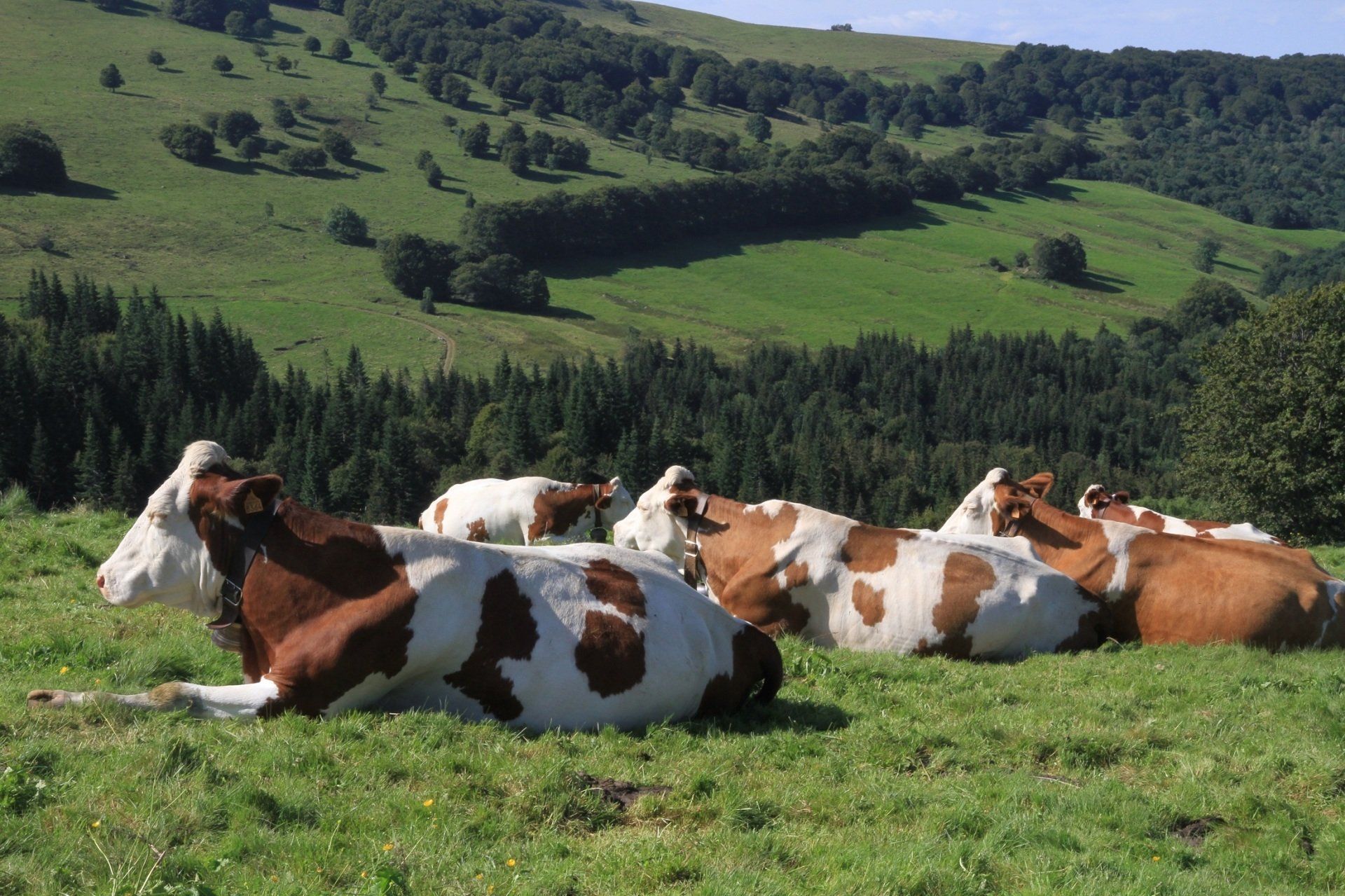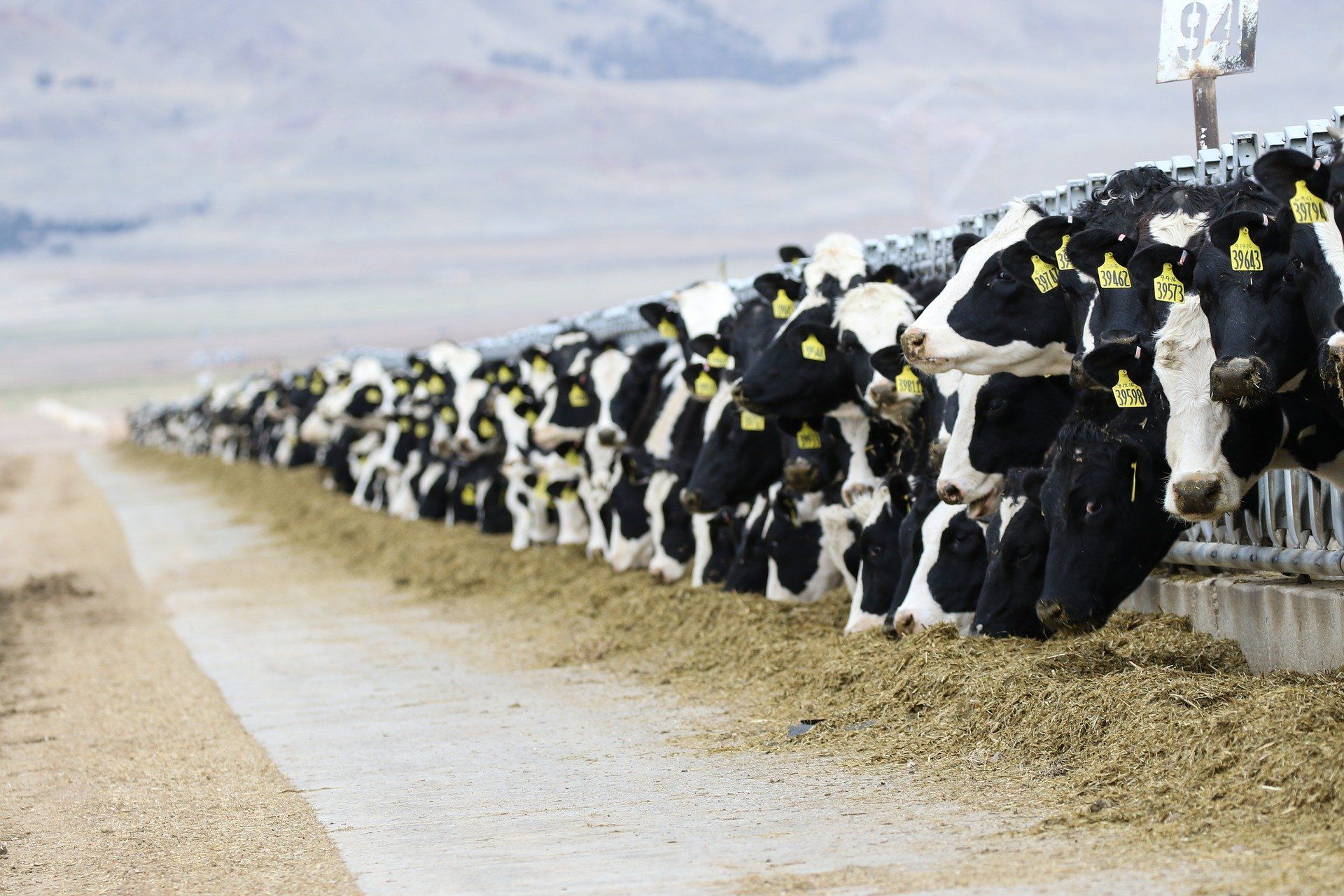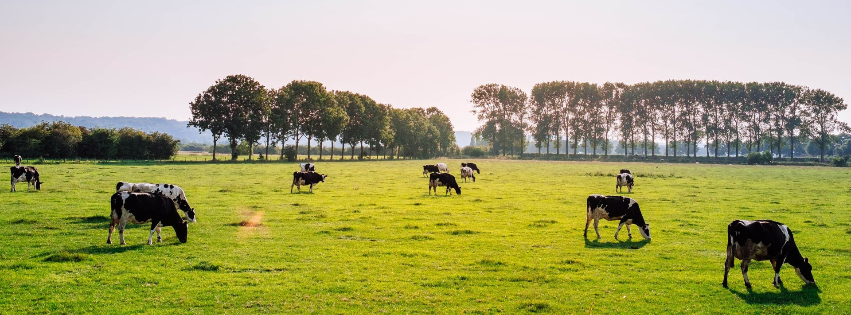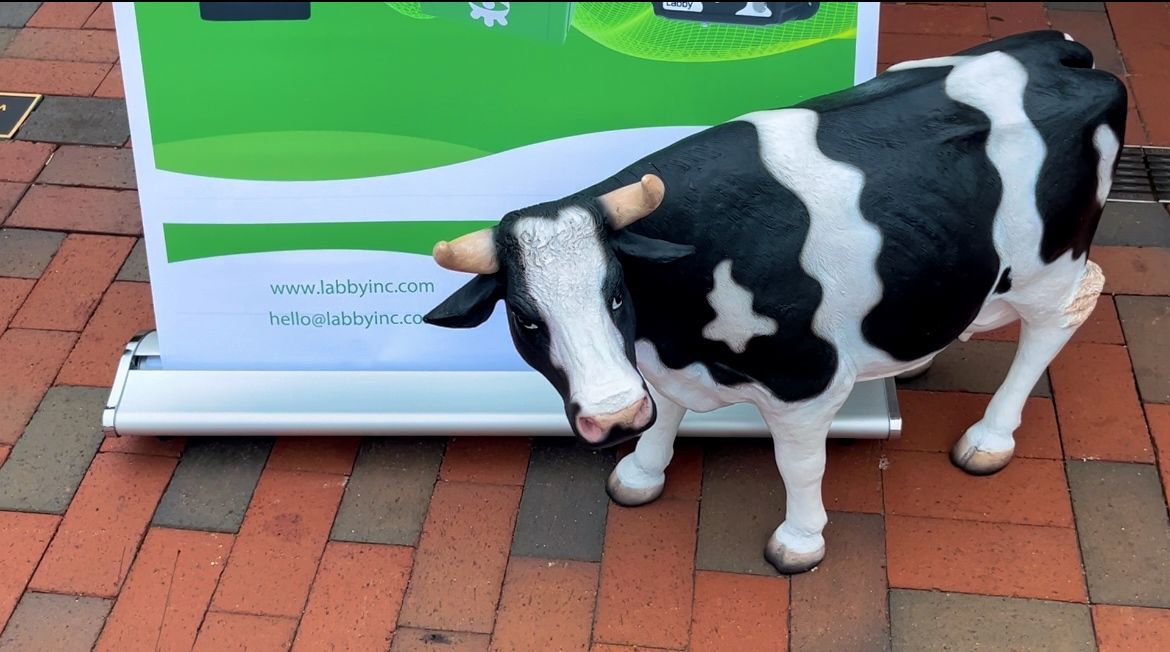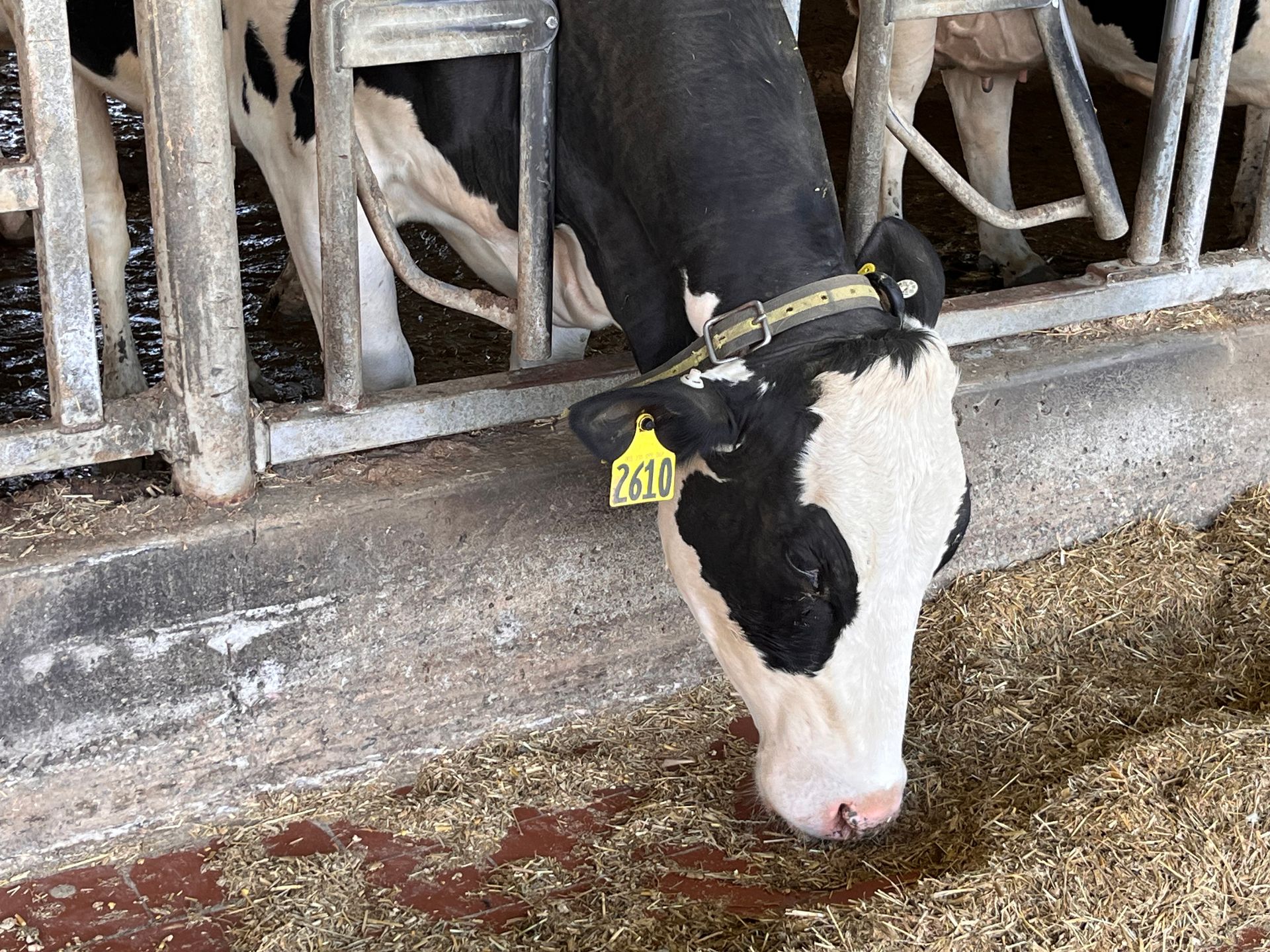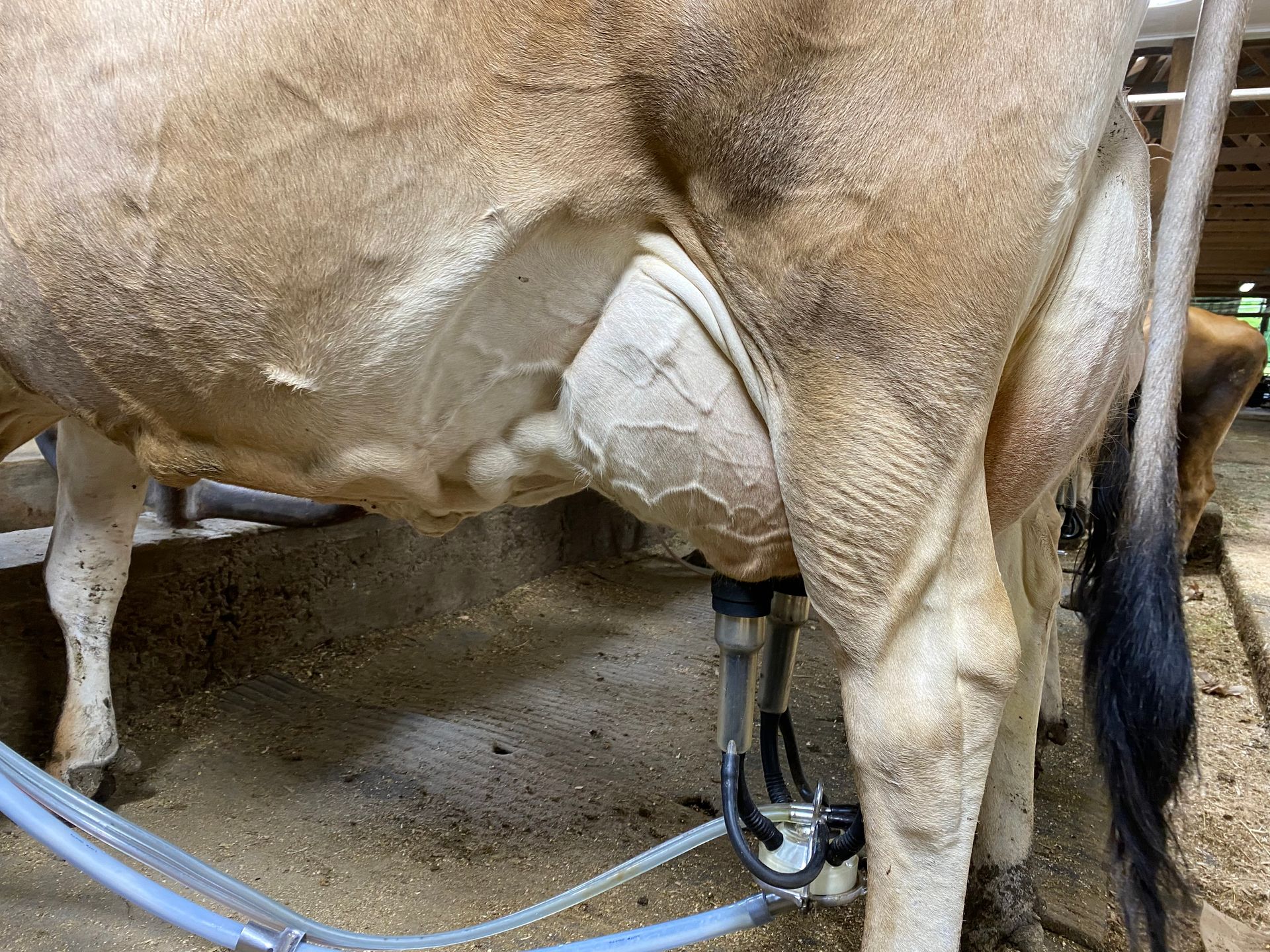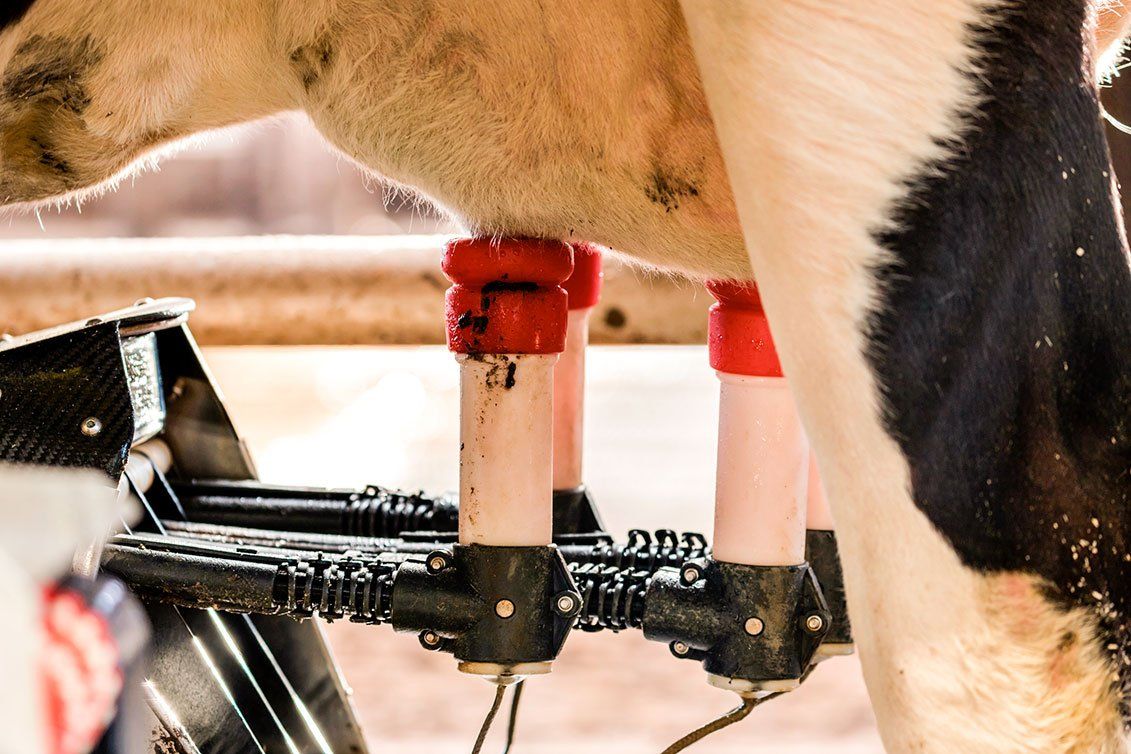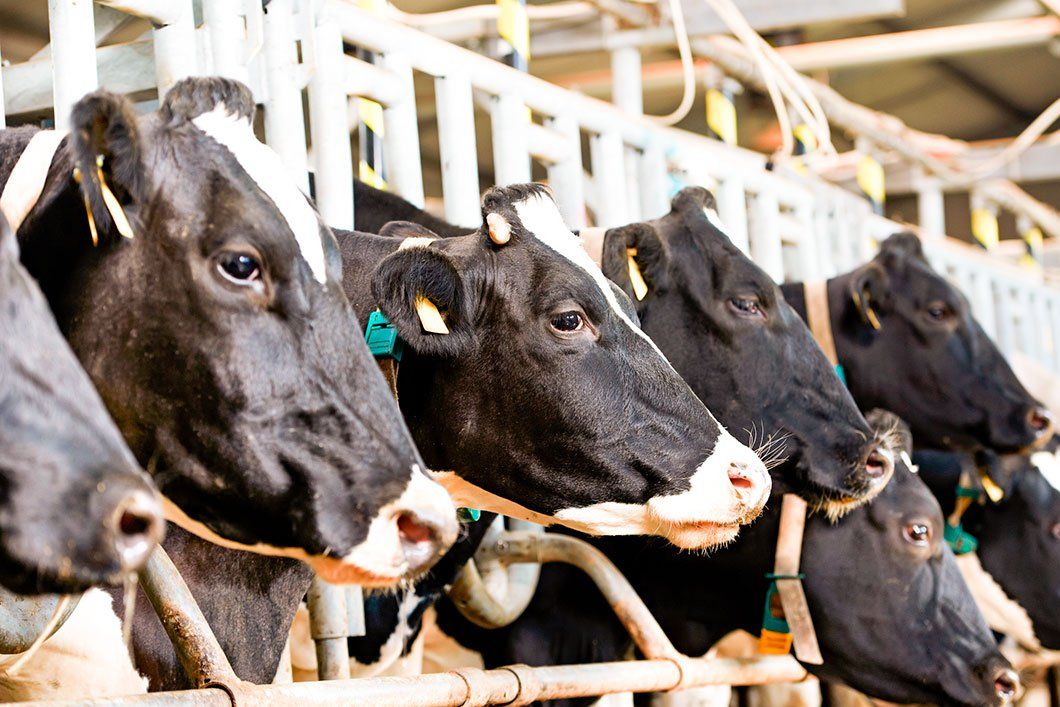Massachusetts Farm Visits
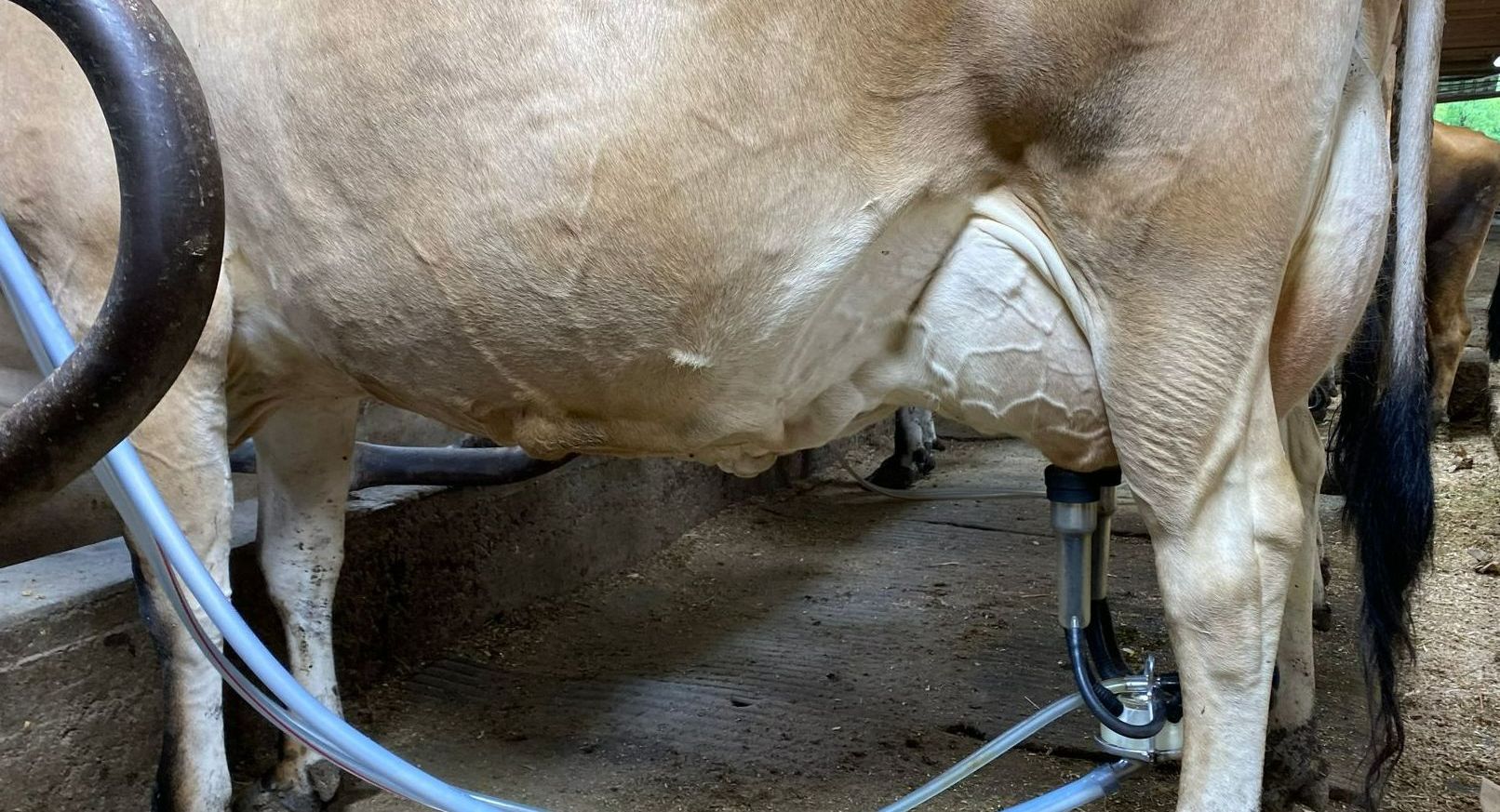
Thank you to Mapleline Farm, Cook Farm, and Fletcher Farm, all local dairy farms in MA, for allowing me to visit this week! I was able to talk to producers and gain valuable insight into what they struggle with on their farms and what products or on-farm tests would be valuable to them.
In talking to Jessica Dizek from Mapleline Farm I learned all about their on-farm processing plant. She showed me how milk is harvested from the cows and bottled less than 100 feet away from where the cows are milked. This farm pays very close attention to their herd SCC and butterfat as they want to make sure that they are making the highest quality milk for their community. I know that I am biased, but I do have to say that they make my favorite chocolate milk in the state! Milk quality is their highest priority on the farm and because of this daily individual cow data for SCC would be incredibly helpful in finding sick animals and diverting them from the tank quickly. Butterfat readings are very helpful for a farm that processes its milk. By understanding their herd's fat percentages fully they can work more in-depth with their nutritionist to ensure that their cows are producing the most butterfat.
Cook Farm was the smallest farm that I visited with some of the highest-producing holsteins in the state. It was amazing to see their humble farm, some parts of it dating back to the 1800’s, with such high-producing cows. It was a great reminder that all it takes is an attentive farm manager and healthy cows to make a lot of milk. When talking to Hank, the farm manager, I learned that he milks his cows twice a day every day and that he was very in tune with his animals. He could tell if one was off as soon as it walked into the barn. This sparked the conversation of whether Labby is the product for their farm. We talked about the uses of the product, and how larger farms are not able to keep track of their cows in the same way that he is. Or farms with more hired labor that are not milking the cows every day like him would find more value in these computers that he was very confident he could do the job of on his own.
The last farm that I visited was Fletcher Family Farm. They milk a variety of breeds mostly holsteins and jerseys and have an accompanying farm stand that has a lot of seasonal products! This picturesque dairy is also family-run where they are milking about 75 cows. In talking to Nicole Fletcher, one of the farm managers, she told me about the farm's plans to include more technology in the future with the potential installation of a robotic milker. Currently, Fletcher Farm is milking in a flat barn parlor with a pipeline. This can make it challenging to install the in-line milk sampler which is why the handheld milk testing device was so intriguing for Nicole. Together we ran some samples from her cows since I was lucky enough to catch her at milking time! In talking with Nicole she was very excited about the possibility of individual quarter testing for SCC with the handheld device to see which is the infected quarter if the animal has subclinical mastitis.
I had a great time visiting all of these farms this week and am grateful to have spent some time out of the city in some fresh air for a day! Farmers' input is the most important information that we can collect. These producers are hard at work every day and I am grateful that they were able to give up a few hours to chat with me so I could learn more about their operations.

